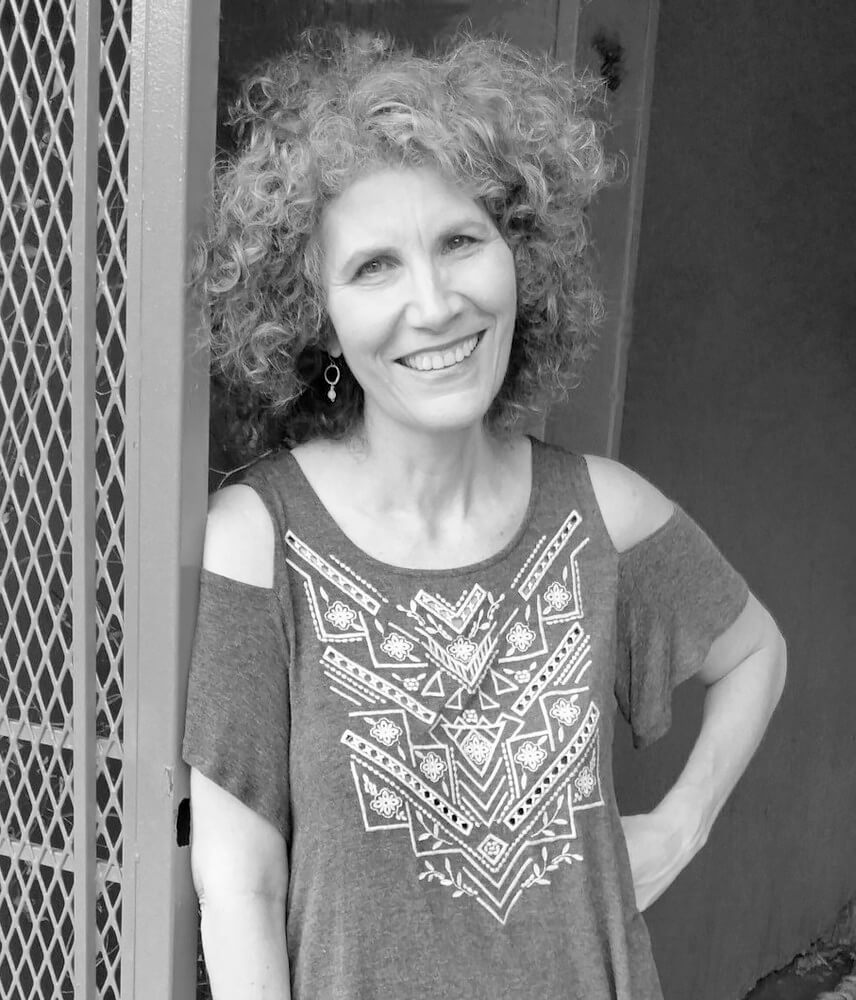Laurie Freitag is a self-taught, digital photographer making pictures with her iphone based in Los Angeles, California. Her early years, spent in the Bronx, Coney Island & Far Rockaway, influence her work with themes of family, childhood, memory & home.
After 20 years working behind the scenes in TV news, she took a buyout & went back to school where she took every Child Development class offered. She's been working the past 10 years as a nanny where she has intimate access to documenting children. Freitag says, "I enter their world. Watching them puts me into positions I could have never thought up. This latest series, 'In the Garden at Chislehurst' had me sitting very low as a 4 year old played in the dirt next to me. As I looked up, I found the wonder of the dracena trees above me. Those are the images that comprise this newest series.
Artist Statement:
My series,'In the Garden at Chislehurst', explores my challenges of adjusting emotionally to the Covid-19 pandemic.
When the pandemic came to my world I thought I could 'handle' it but I spent most evenings stockpiling supplies from Amazon preparing for the worst.
My days, on the other hand, are spent in a garden in Los Angeles as a nanny to a 4 year-old boy, where he pulls berries from a bush to make berry stew. I sit alongside him in the dirt as he 'cooks.'
In this pretend world of innocence & nature I'm safe & able to hide from the realities just outside the garden.
